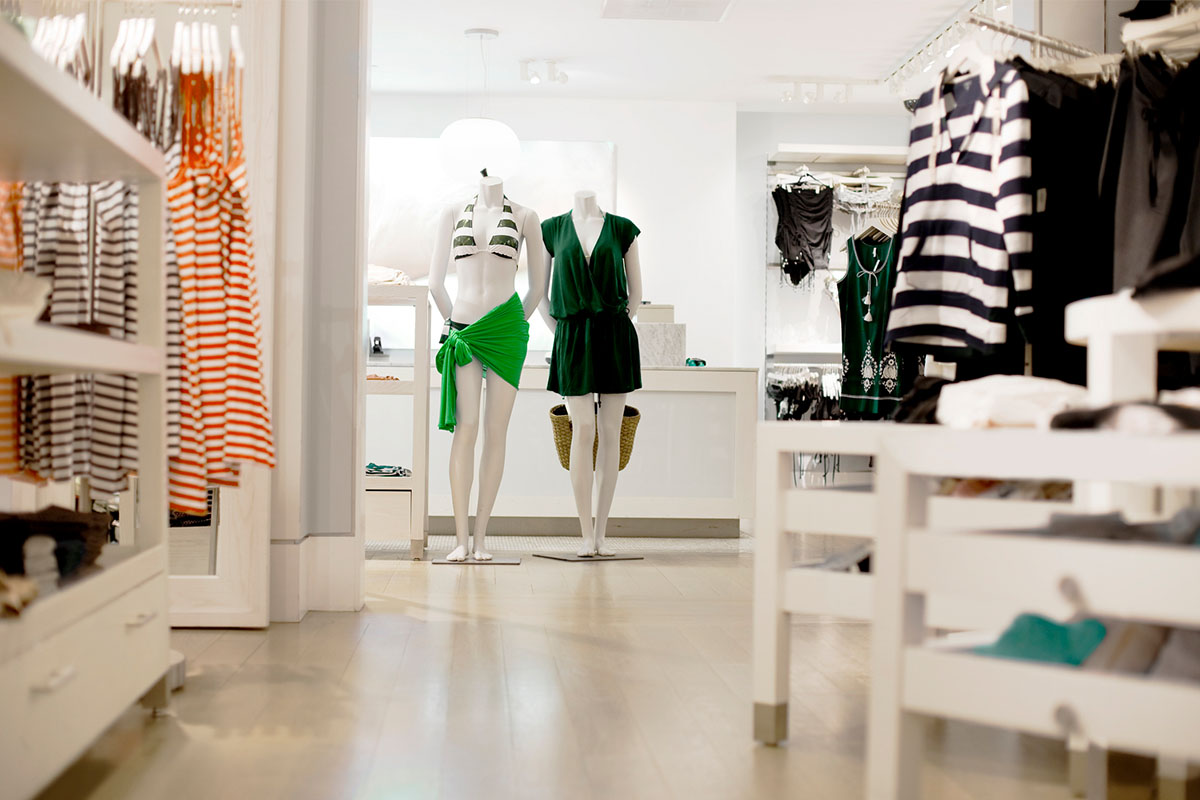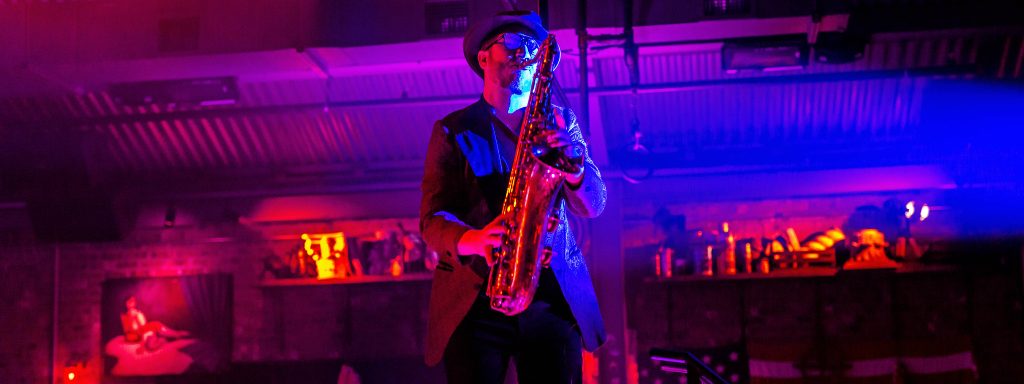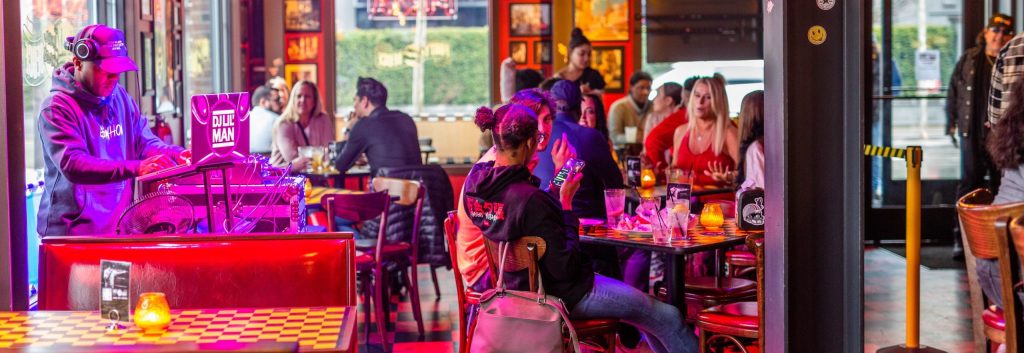By Yaromir Steiner
With the era of “more is more” behind us, retailers, developers, and CRE executives are facing profound questions around shrinking in order to grow or sustain. There are three trends that point to a significant shrinking in the purchase of material goods.
Less is Better
As COVID-19 cases continue to rise heading into 2021, a November McKinsey survey notes that up to 40% of consumers say they’ll decrease discretionary spending. I’ve noticed this recurrent theme throughout the pandemic that has fueled a trend of minimalism amongst individuals, my own daughter included.
Households are increasingly trying to minimize the number of things they own. The idea is perhaps best represented through minimalist fashion movements like Project 333, which states that people can reduce clutter by keeping their wardrobe at a strict 33 articles of clothing—including accessories, jewelry, outerwear, and shoes—over 3 months.
This trend is not entirely surprising. The pandemic—featuring repetitious, ever-present aesthetics like social distancing markers, mask mandates and 2-D connection—has brought more organization and design to peoples’ everyday life than ever before.
Fewer is Better
Through a minimalist lens, industry analysts—like Simeon Siegel of BMO Capital Markets—suggest that retail brands who make a conscious effort to sell less and charge more will see a healthy flow of profit.
If, for example, a clothing retailer reduces overall inventory and sells a popular style of jeans at $58 instead of $50, they may lose a third of their business, but see an increase in profit due to the wider margins and reduced supply chain.
Obviously, no organization wants to go in front of their investors and tell them they’re shrinking revenue to grow profit, but the pandemic has presented that exact opportunity on a golden platter. The idea of short- and long-term gains have been fused, because if you’re starting at zero, then there’s only one direction you can go from there.
While minimalist business practices are not feasible for every brand, those who can do it right may end up discovering new, profit-driven peaks.
Clutter be Gone
To many, quality merchandise is subjective—to me, it is the fabric and construction of the product that encompasses quality. Growing up, my father used to warn against buying inexpensive merchandise. A higher-end bag, for example, was functional, made well and kept for life—in fact, the patina of the darkening leather was a sign of elegance.
The same can be said for any high-end apparel brand. Before they became status symbols, they were simply companies who sold well-built merchandise created to last. With the shift towards minimalism, we are starting to see a return to this approach in retail—fewer units, built to last!
Every brand has its strengths and weaknesses, and not all merchandise is created equal. The pandemic allowed leaders to really evaluate their strengths and think about what they’re putting out in the marketplace.
Waste be Gone
The fashion industry has become one of the largest polluters in the world. While people are buying 60% more garments than they were 20 years ago, they only keep the clothes for half as long—this is the equivalent of one garbage truck full of clothes being burned or dumped in a landfill every second. In fact, the 85% of textiles going into landfills each year is enough to fill the Sydney Harbor annually.
Clothes are now sold to be worn a few times, and their lower quality means they get damaged or destroyed after a few cycles in the wash. While fast fashion still has a place in the world of retail—not everyone can invest in Louis Vuitton, after all—the increasingly heavy emphasis on cheap, mass manufacturing has been alarming.
As we re-invent the physical discretionary retail environments of tomorrow, the above facts and figures pose questions about the type and quantity of physical retail that will be demanded by future consumers. The trend towards minimalism can only mean positive things for the environment.






